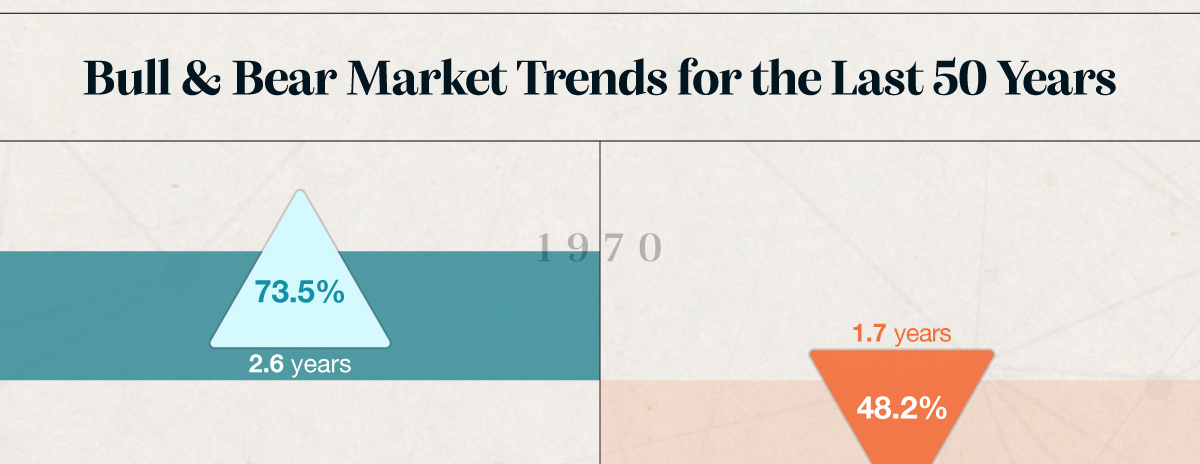Bull & Bear Markets: A Timeline





































Use this calculator to compare the future value of investments with different tax consequences.

When you take the time to learn more about how it works, you may be able to put the tax code to work for you.

This article will help your clients with blended families think and prepare their estate strategy.